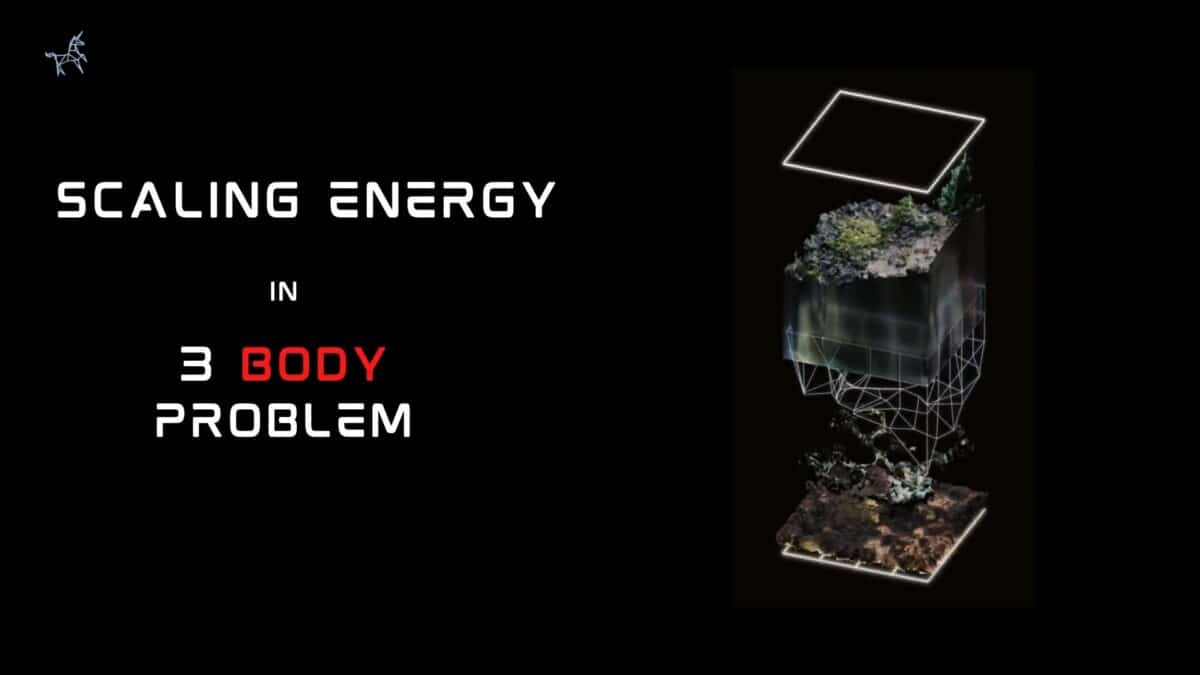In Liu Cixin’s masterwork of speculative fiction, 3 Body Problem, the driving forces behind the plot are humanity’s relentless pursuit of knowledge and an insatiable need for energy to power that quest. The novel doesn’t just depict these trajectories, but contextualizes them within the framework of the Kardashev scale – a system for classifying a civilization’s level of technological advancement based on energy consumption.
The Kardashev scale provides a useful lens for examining how energy demands and capabilities evolve throughout the story’s sweeping narrative. Early on, humanity is firmly situated as a Type 0 civilization, harnessing only a tiny fraction of the sun’s output. However, the construction of increasingly larger particle accelerators and mega-engineering projects like the sunlight-concentrating Planetary Rings hint at humanity’s ambitions to transition into a Type I civilization capable of utilizing all available energy resources on its home planet.
The novel’s portrayal of the advanced Trisolarans underscores the characteristics of a Type II civilization – one able to harness the full power of a single star system. Their hibernation cycles and resource-preservation disciplines stem from the challenges of existing in an unpredictable triple-star system. Yet their sophisticated technologies for energy storage, antimatter engines, and lighthugger starships demonstrate capacities approaching Type III levels of inter-galactic resource command.
As the Trisolarans turn their gaze toward invading and exploiting Earth’s solar resources, the novel poses profound questions about the implications of scaling energy extraction to galactic magnitudes. The looming confrontation between human and alien forces highlights the immense risks accompanying such an exponential growth in energy usage and its potential to disrupt the fragile equilibrium of life on our planet.
The novel doesn’t flinch from depicting the existential perils a developing Type III civilization like the Trisolarans could pose to lower-stage worlds. Their cold utilitarianism toward disrupting entire biospheres illustrates the importance of cultivating ethical principles to accompany such staggering energy command – a prescient scenario to ponder as our own civilization eyes future cosmic engineering goals.
Incorporating these topics into your innovation and forecasting strategy can help inspire creative thinking and foster informed discussions about the future of science and technology. By using science fiction as a starting point for future forecasting, you can encourage critical thinking, imagination, and thoughtful debate on important issues surrounding energy consumption, sustainability, and the long-term trajectories of technological civilizations. To learn more DM me or follow the link https://futurecenter.ventures/sci-fi-for-future-forecasting

